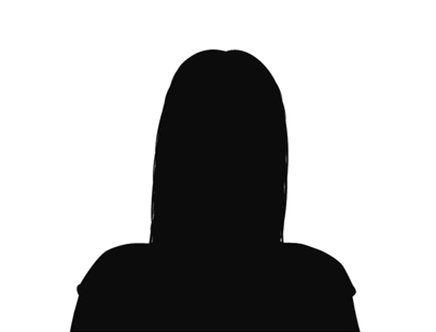Sunbeds produce ultraviolet radiation, just like the sun. And this radiation damages the skin.
We receive a lot of questions about tanning, spray-tan treatments, sunbed use and uneven pigmentation. Some questions are about safety, others about the cosmetic effects on our skin. But to understand both, it's best to understand a little about how our skin — the largest organ in our bodies — is constructed.
First of all, your skin has two layers: the epidermis, the outer layer, and, beneath that, the dermis. Below the dermis is a layer of fat, and below that protective layer of fat are our bones and muscles. At the bottom of the epidermis are some cells called melanocytes. These cells make a dark brown pigment called melanin, which is a natural protective sun screen. Melanin gives our skin its normal colour and protects the deeper layers of the dermis from damage caused by the ultraviolet (UV) radiation in the sun's UV rays.
When your skin is exposed to the sun, your skin increases its production of melanocytes. The melanin these melanocytes make is passed to nearby skin cells to protect them from the damage caused by the UV radiation. The melanin blocks out the damaging rays. This extra melanin causes your skin look darker and this darker skin is what we call a "tan".
That's why you'll hear it said that there's no such thing as a "safe" tan. It's because your skin is being damaged by the UV radiation that it makes more melanin to protect itself. The more melanin in your skin, the more protection your skin has against sun damage and sunburn, and the darker your tan will be. In some cases, the sun causes an uneven increase in melanocytes, and this produces irregular colouring or pigmentation in the skin.
Sunbeds produce ultraviolet radiation, just like the sun. UV radiation comes in two wavelengths: UVA (long wave) and UVB (short wave) rays. The most obvious — and painful — signs of skin damage appear when we get sunburnt. This is a short-lived pain but the effects of the damage can be long-term. Exposure to UV radiation speeds up the ageing of your skin by causing changes to the collagen, the protein in your skin's connective tissue, and this causes wrinkling.
More seriously, both sunlight and tanning beds can cause damage to the DNA in our skin cells and increase the risk of skin cancer, which may possibly be life-threatening, particularly malignant melanoma which is the deadliest form of skin cancer. These effects can take many years to develop, so over-exposure when you are young may increase your risks in later life; young sunbed users are particularly at risk of developing skin cancers. This is why UK law bans tanning salons from letting anyone under 18 have a sunbed session in the tanning booths.
Although people with medium or dark complexions naturally have more protection from UV radiation than do people with lighter complexions, all skin types still can experience sun and sunbed damage and are susceptible to the health risks.
One of the reasons many of us hanker after a tan is that we associate it with "healthiness". Indeed, we do need some exposure to sunlight to be able to make Vitamin D in our skin, which is very healthy, as this helps us build strong bones. However, short exposures to the sun in our normal daily lives are usually sufficient to make all the vitamin D we need. Staying in the sun for longer does not increase the benefit.
Another reason we like tanned skin is that it can be more of an effort to make pale skin look healthy. The tiniest spot is obvious to all. Either real or fake tan gives your skin instant radiance. That's why people use tanning products and bronzers. They achieve the golden sheen of a tan without the exposure to damaging UV radiation.
Perhaps that's something to consider next time you're tempted to book a sunbed?
Always see your NHS GP if you notice any changes to your skin that don't heal or go away on their own.
.
Sources:
1. Health Protection Agency, Sunsense: Protecting Yourself from Ultraviolet Radiation, hpa.org.uk, 2004 (revised 2006)
2. Report of the Advisory Group on Non-ionising Radiation (AGNIR), Effects of Ultraviolet Radiation on Human Health, Documents of the NRPB, 13, No. 1,(2002)

Stylish Spy
16th April 2013
Spy Likes:
Minimalist lines; organic products; facial massage; tranquillity; interesting people-watching.
Spy Dislikes:
Discarded towels on loungers; steam rooms that aren't steamy; mobile phones.
